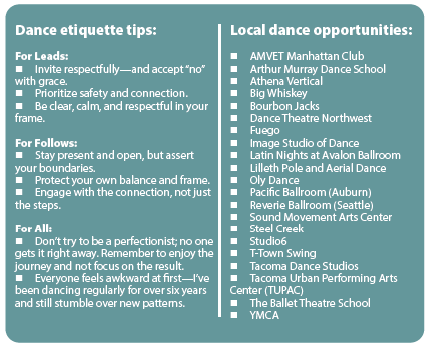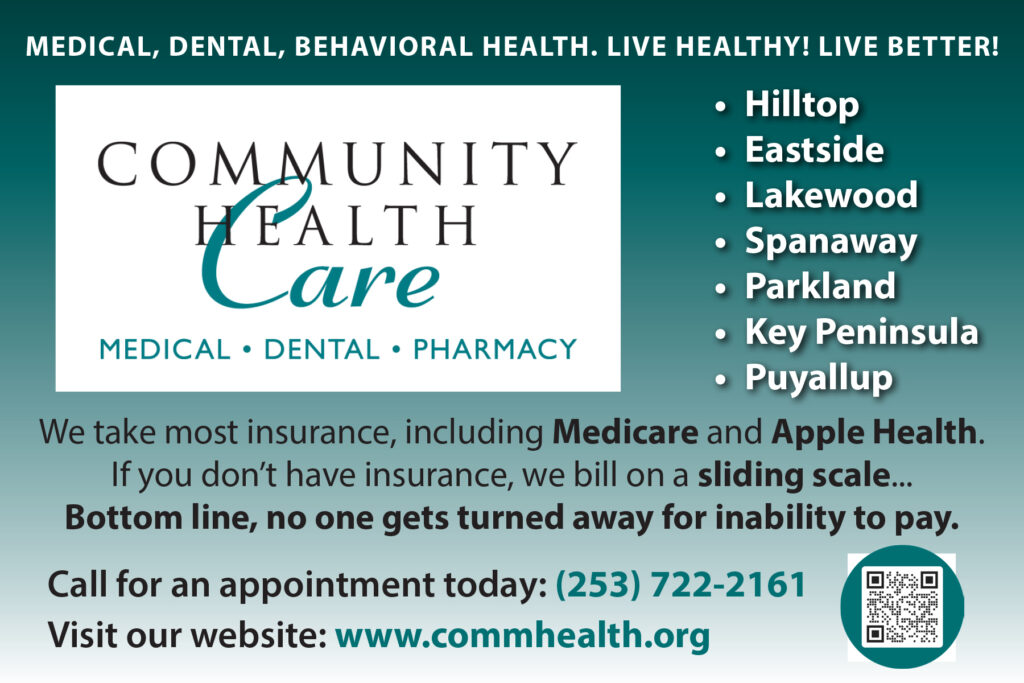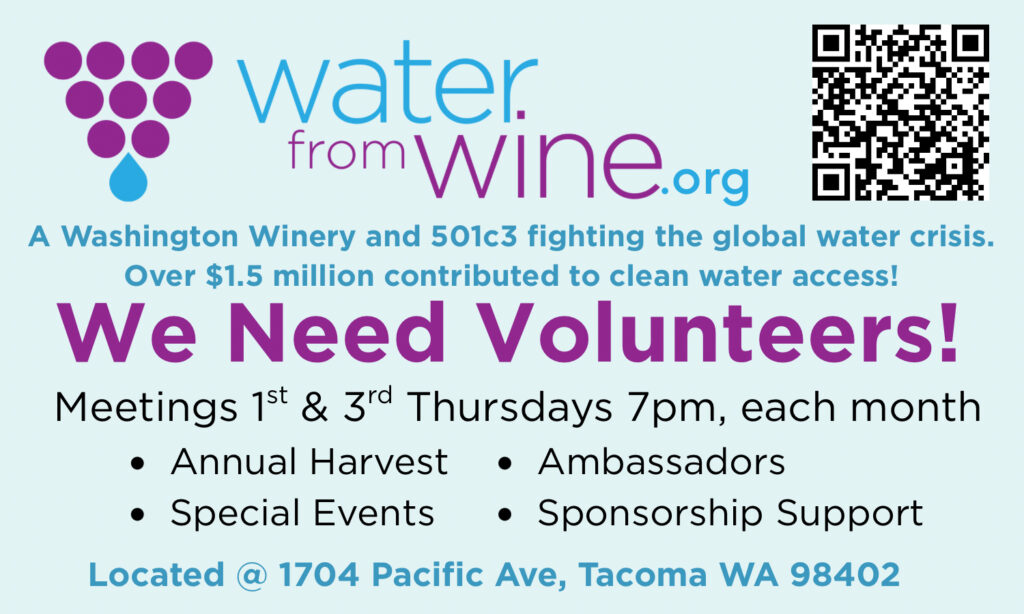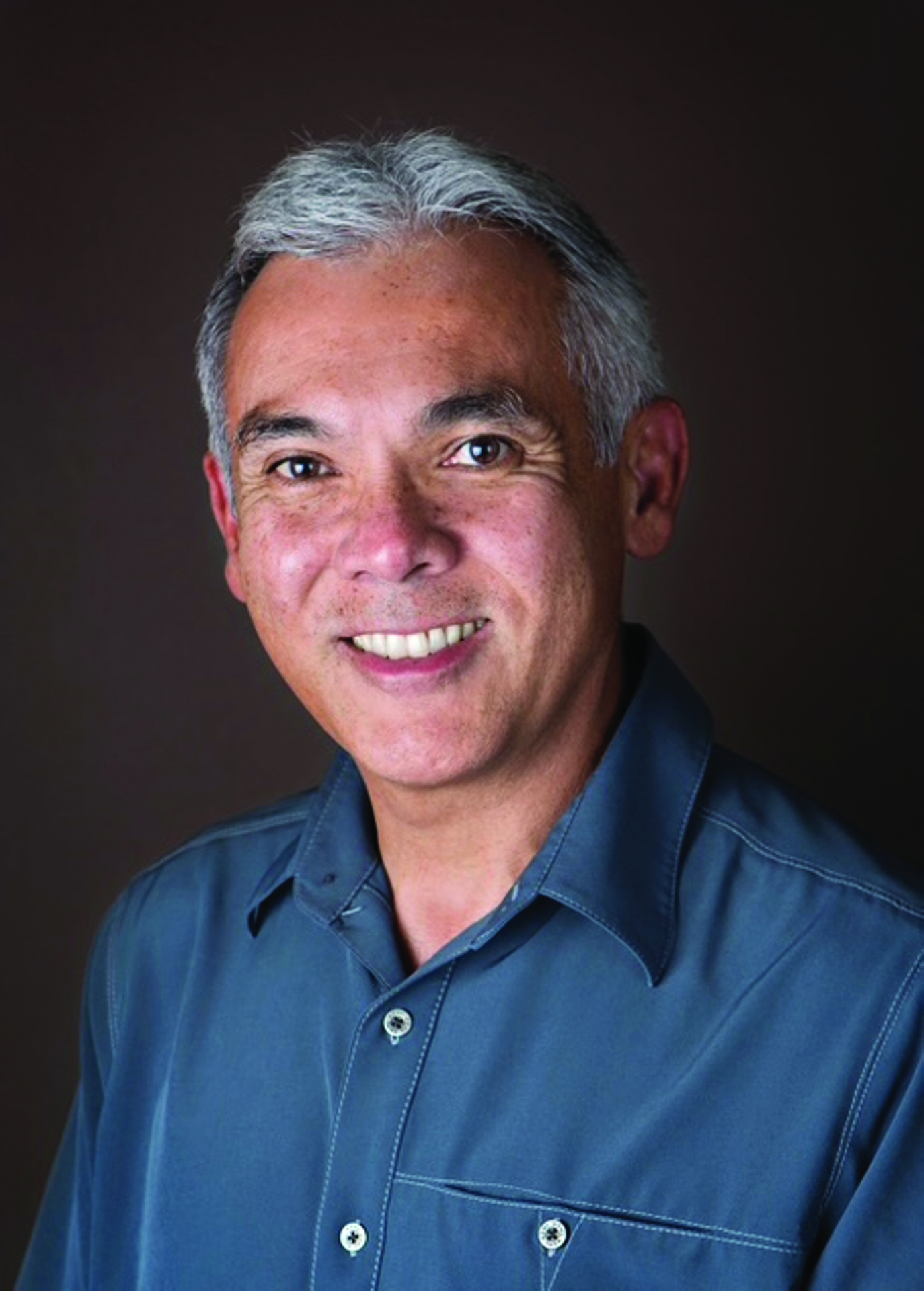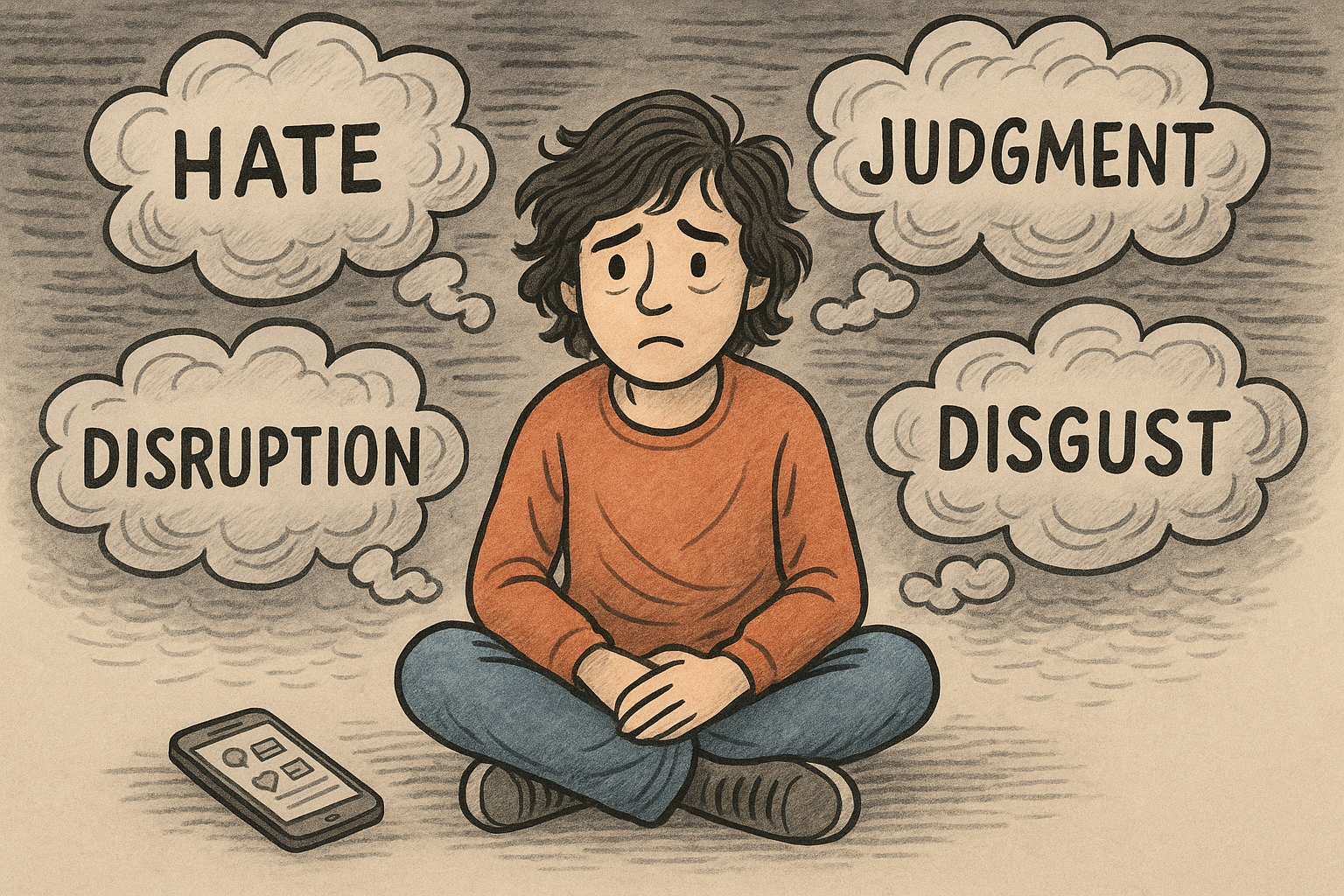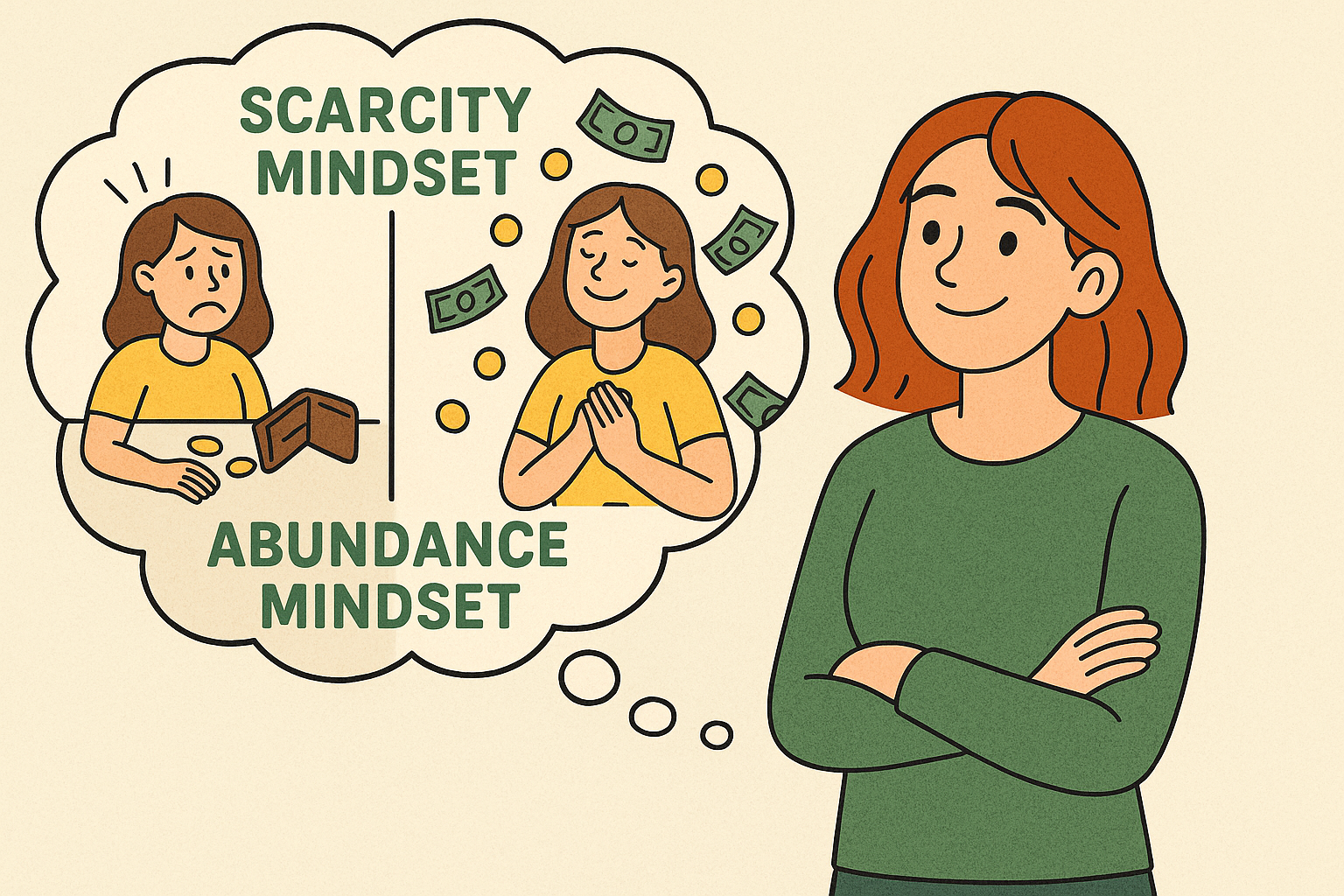BY AARDE WRITES for WEEKLY VOLCANO |
Hey Aarde, You often mention dance as a solution to various ailments. I’m curious about your advice for someone with zero dance experience, besides some square dancing in elementary school (yes, I’m that old) and some not-so-great dances at friends’ weddings over the years. How does one learn how to dance? Where does one go to dance? What is dance etiquette, and why is dance your most referenced advice?
Signed,
Two Left Feet
Hey Two Left Feet, I’m happy to answer your questions, but I doubt you have two left feet; in all my years, I’ve never seen anyone with that! Although I do know what it’s like not to be able to make your feet do what you want them to do. I have that problem with my hands; after fifteen years as a massage therapist, my hands no longer do the heavy lifting I once took for granted. But the more I exercise and care for them, the more control I have in using them.
As for why I recommend dance as a beneficial healing modality, first consider its importance throughout human history. A few things have maintained a constant presence, aside from our primary necessities: the spoken word, art, and dance. These elements represent the universal expression of being alike and being alive in our traditions, celebrations, courtships, and connections. Across the human race, these motions are easily recognizable and have been used throughout ancient community theatre to inspire, educate, and highlight cultural shifts and perspectives.
We all know what it is like to hang our heads in sadness or skip with joy, to stretch out big in confidence, or to self-hug for comfort. These are all aspects of external expression, giving form to the formless—making grief, sorrow, anger, or love tangible and relatable. Dance can be an acknowledgment of the reality of what you’re feeling. It’s showing, “This matters. What I feel is real.” It has been proven that it interrupts repression of emotions, which leads to physical and psychological tension, numbness, or burnout. Rather than suppressing your feelings, which is something we are often taught to do in our current systems, you can feel your emotions through your body’s movement and move, shift, or discharge that energy in a safe and healthy way. This creative expression gives you control over your story, allowing you to shape your emotions through artistic movement.
Many times, people feel lighter and more grounded after dancing, shouting, or creating art. We are electromagnetic beings, built like circuits—storing, transmitting, and transforming energy. In the circuitry of emotional expression, dance acts as a pressure-release valve, regulating inner tension and restoring energetic equilibrium. Balancing your emotional state through recognition and motion completes the circuit, offering multiple physical benefits: increasing your heart rate for circulation and heart health; aerobic conditioning; building muscle tone, joint mobility, balance, and coordination; burning calories; boosting metabolism (in a way that is fun and sustainable); enhancing neuroplasticity in cognitive functioning and spatial awareness; regulating the nervous system from sympathetic (fight or flight) to parasympathetic (rest and digest); boosting dopamine and serotonin naturally; reducing inflammation in the brain; improving memory and executive functioning with multisensory engagement; and coordinating your motor cortex, somatosensory cortex, and cerebellum.
Dance is shared worldwide, and something I have learned in my dance journey is that no matter where you go, people are dancing. Often, they are dancing the same dances. For instance, you can visit Japan and find Latin dance clubs. And there is something magical and mycelium-like when you can share a slow salsa with someone who doesn’t speak the same language as you—to have a human connection that is safe, consensual, and shares a balanced flow of reciprocity.
When it comes to learning dance, choose a style that excites you, accompanied by music that suits both your taste and preferences. The music should make you want to move your body. Take a few moments to explore different types of dances. Watch YouTube videos to see which ones resonate with you: hip-hop, ballet, contemporary, salsa/Latin, freestyle/club, swing (East Coast and West Coast), hustle, zouk, ecstatic, contra, wakka, breakdancing, country, ballroom. The funny thing is, once you learn one dance, you’ll crave another, and another (sort of like tattoos, I suppose).
Once you pick a dance, start with the basics by watching your selected dance tutorials for the foundational steps, different exercises, shifting your weight from one foot to the other, and coordination techniques. (I’m currently working on my salsa “Suzy Q Shine” variations.) Practice for at least ten minutes daily—it’s better to practice short stints more often than saving it all up for one hour once a week. Using mirrors and recording yourself are very helpful for identifying your strengths, determining what you need to work on, and understanding how to utilize your body more effectively (it’s yours, after all).
If you desire more direction, structure, and feedback than online tutorial videos provide, and want to incorporate specific patterns for practice, I suggest taking classes or going social dancing. Luckily, most social dances begin with an introductory class, and you’ll find yourself surrounded by like-minded individuals. It is nice to see dancers of all levels, from beginners building camaraderie to advanced dancers showing what they can strive for.
